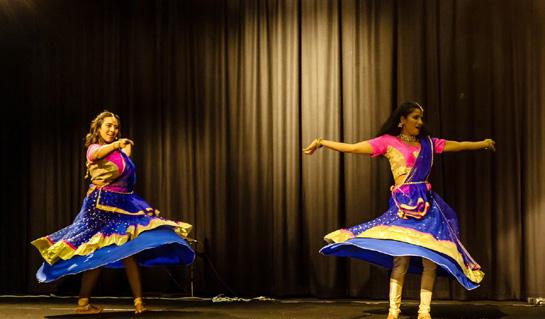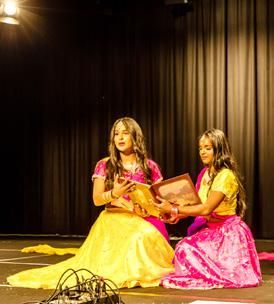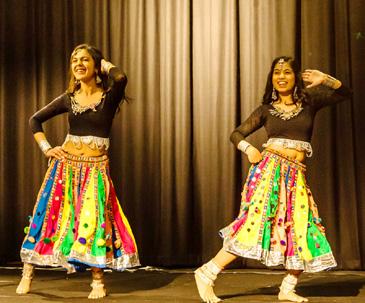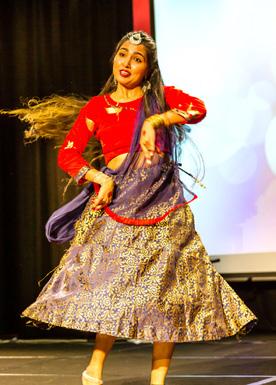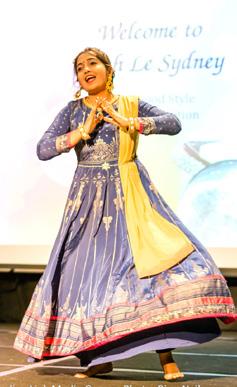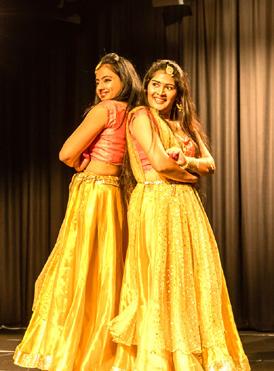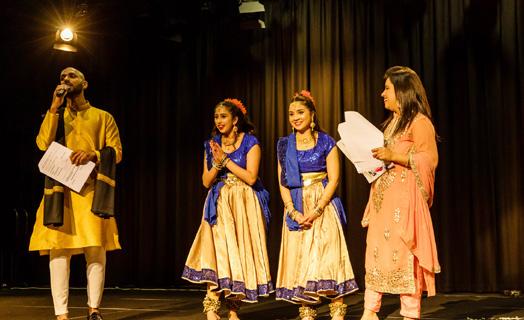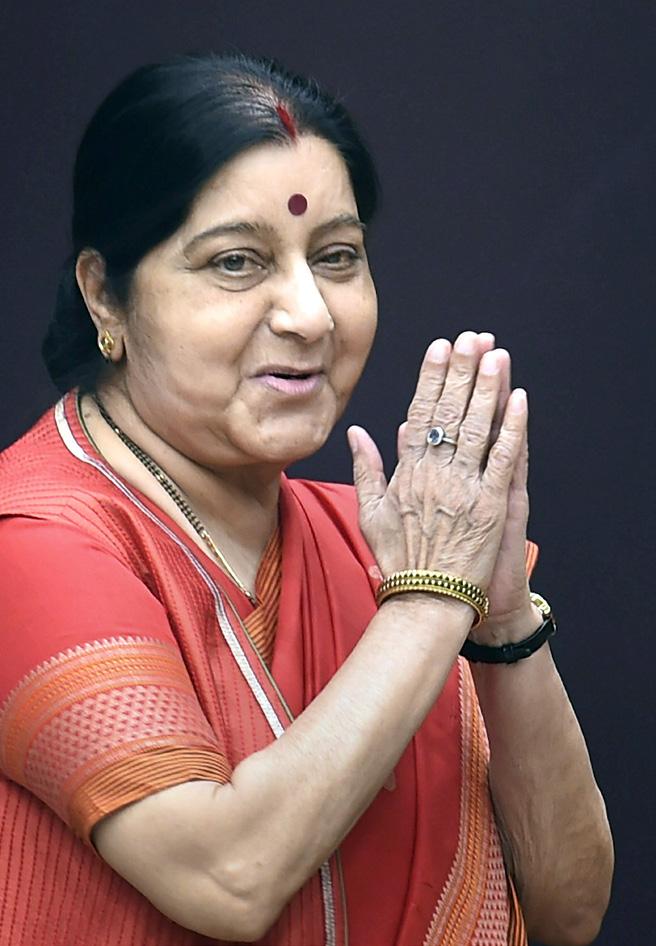
3 minute read
A people’s politician
from 2019-08 Sydney (1)
by Indian Link
Sushma Swaraj was India’s
woman External Affairs Minister,
Leader of Opposition in Parliament,
youngest Cabinet Minister at
25, and one of the most popular Indian women on Twitter with 13 million followers
Just a few hours before she collapsed and died, former External Affairs Minister Sushma Swaraj had tweeted her thanks to Prime Minister Narendra Modi for revoking Article 370 on Jammu and Kashmir. “Thank you Prime Minister. Thank you very much. I was waiting to see this day in my lifetime.”
That was her last communication on the social media platform on which she had over 13 million followers. She would actively tweet about major happenings, although she decided against contesting condolences on Congress leader Sheila Dikshit’s death on July 20, saying that although they were political opponents, they werefriends in personal life. Swaraj, who brought her innate grace and charm into her work, was certainly did not retire into the shadows.
She made her mark in her own way, by connecting with the diaspora far and wide, and reaching out to help them. She would respond to every appeal for assistance, and make sure the Indian missions responded to the requests. She brought a human touch to the Ministry of External Affairs, and won millions of admirers across the world, including many in Pakistan.
Many Pakistani patients would appeal to her for medical visas via Twitter, and Swaraj would try to accommodate their requests. She would also connect with some of the Pakistanis who she helped get emergency medical visas. In 2017, she won admiration when she granted a year-long medical visa to a Pakistani girl Shireen Shiraz for an open heart surgery.
As Leader of Opposition in the 15th Lok Sabha, Swaraj was a formidable and compelling speaker. A superb orator, she would attack the ruling Congressled UPA without pulling any punches, as was evident in a fierce poetic exchange between her and then Prime Minister Manmohan Singh in 2013.
Singh, accusing the BJP of making unwarranted attacks on his government, had recited a Mirza “Humko hai unse wafa ki umeed, jo nahi jaante (we hope for loyalty from those who do not know the meaning of the word).”
In response, Swaraj narrated a verse of Hindi poet Bashir “Kuch to majbooriya rahi hongi yun koi bewafa nahi hota (there must have been some compulsions, one is not disloyal for no reason at all).”
She continued to quote, “Tumhe wafa yaad nahee, Humein jafa yaad nahee, zindagi or maut ke toh do hee tarane hain, ek tumhein yaad nahee, ek humein yaad naheen (you don’t remember loyalty, we don’t remember disloyalty, life and death have two rhythms, you don’t remember one, we don’t remember the other).”
Dressed in widebordered saris with her trademark big red bindi and sindoor, Swaraj had carved a niche in the BJP through effective presentation of her views both within and outside the Parliament.
Following the 2004 elections, when Congress was set to form the government at the Centre, with Sonia Gandhi being touted as the likely Prime Minister, Swaraj threatened to shave her head, wear a white sari and eat groundnuts (symbolic of mourning) if Gandhi were to be the PM.
Sushma had contested against Sonia in Bellary during the 1999 Lok Sabha elections. Although she lost the polls, she continued to move up the party ladder.
Born on February 14, 1952 at Ambala Cantonment, Sushma earned a B.A. degree in political science. She studied LLB at Panjab University, Chandigarh and married Swaraj Kaushalon July 13 1975, at the height ofthe Emergency.
An advocate by profession, she began her political career as a student leader in the 1970s, organising protests against Indira Gandhi’s government.
As a Janata Party MLA in Devi Lal’s government, she was the Cabinet Minister for Labour and Employment (1977-1979), becoming India’s youngest ever Cabinet Minister at age 25. She joined the BJP in 1980.
Swaraj was elected as a member of the Rajya Sabha in 1990. In 1996, she was elected to the 11th Lok Sabha from South Delhi. She was Union Cabinet Minister of Information and Broadcasting in 1996, during the 13-day Atal Bihari Vajpayee government. She was re-elected to the 12th Lok Sabha for a second term in 1998.
Under the second Vajpayee government, she retained the I&B Ministry portfolio along with the Ministry of Telecommunications.
Swaraj left the Union Cabinet from October-December 1998 to serve as the first female Chief Minister of Delhi. The BJP lost the assembly elections, and she returned to national politics.
She was re-inducted into the cabinet as the I&B Minister, a position she held from September 2000 until January 2003.
She was re-elected to the Rajya Sabha, where she also served as the deputy leader of BJP, in April 2006 from Madhya Pradesh.
In 2009, she won the election to the 15th Lok Sabha from Vidisha in Madhya Pradesh, by a record margin of 3.89 lakh votes.
She was made Deputy Leader of the Opposition in June 2009 in the Lok Sabha, and in December that year, Swaraj became the first female Leader of the Opposition when she replaced Advani.
Sushma Swaraj’s accomplishments are many. She entered politics when few women did, and she’ll be remembered as a true trailblazer. IANS
